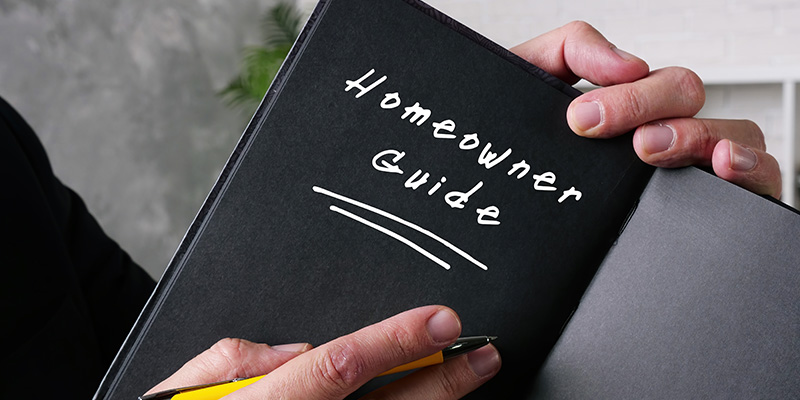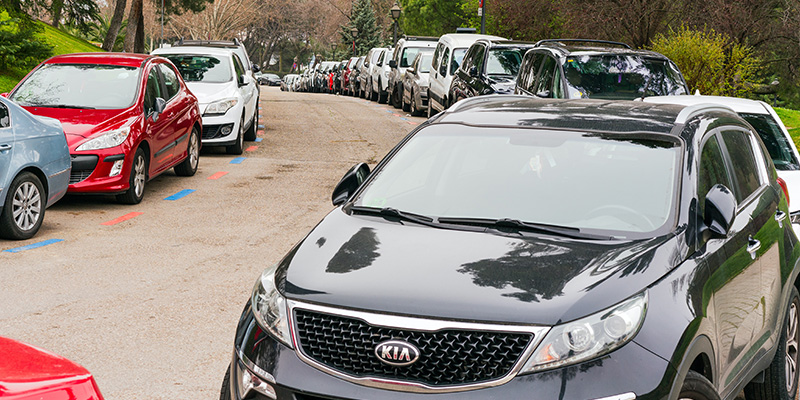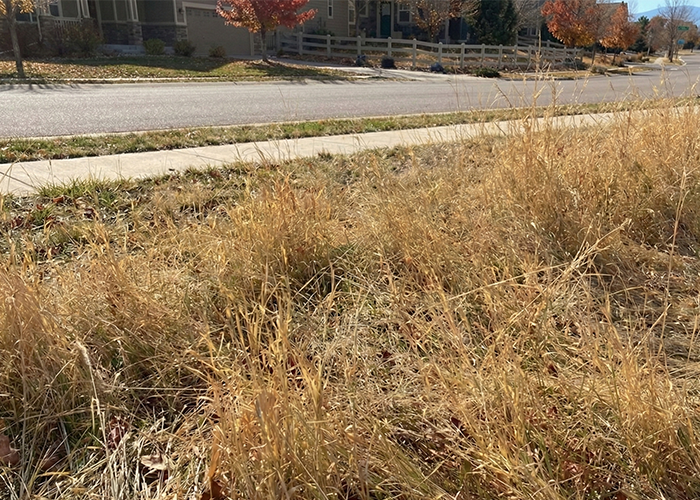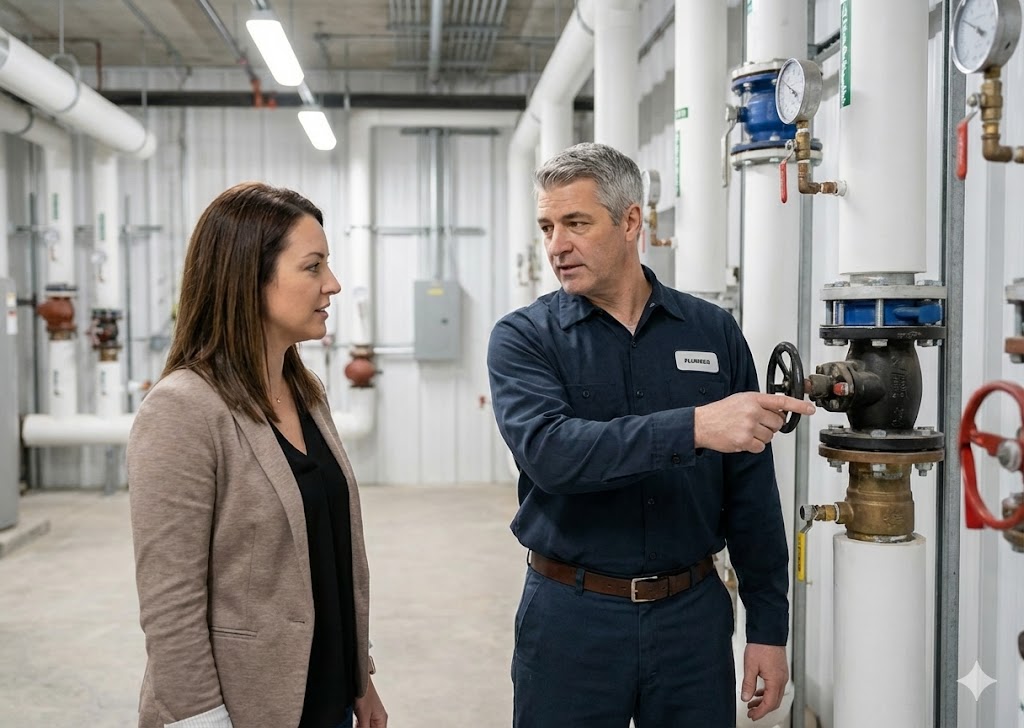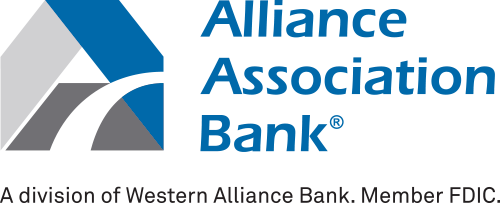Back-To-School Safety: A Simple HOA Guide For A Smooth Start
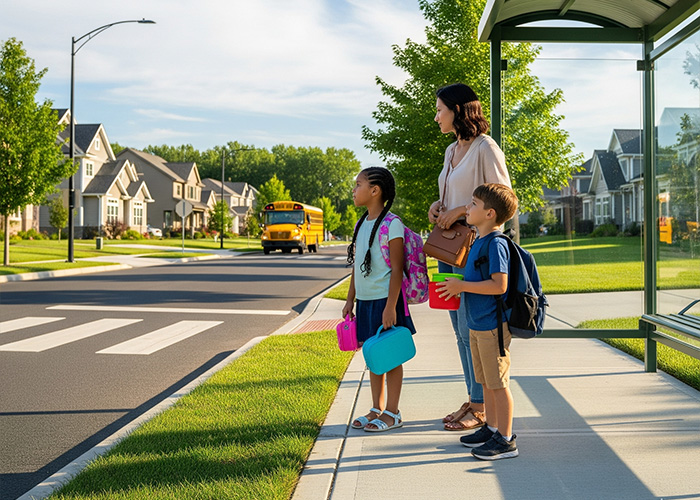
The first weeks of a new school year can feel busy for families and boards. Clear plans and calm routines help everyone settle in. This guide walks your community through what works and what to prioritize for back-to-school safety.
Browse By Category
Sign up for Our Newsletter
The first weeks of a new school year can feel busy for families and boards. Clear plans and calm routines help everyone settle in. This guide walks your community through what works and what to prioritize for back-to-school safety.
Back-to-School Safety in HOA: Why This Season Matters
More cars are on the road before and after school. Kids are walking, biking, or waiting at bus stops in groups. A few small steps from the HOA can ease stress for families and set respectful habits for the year.
Start at the Gate
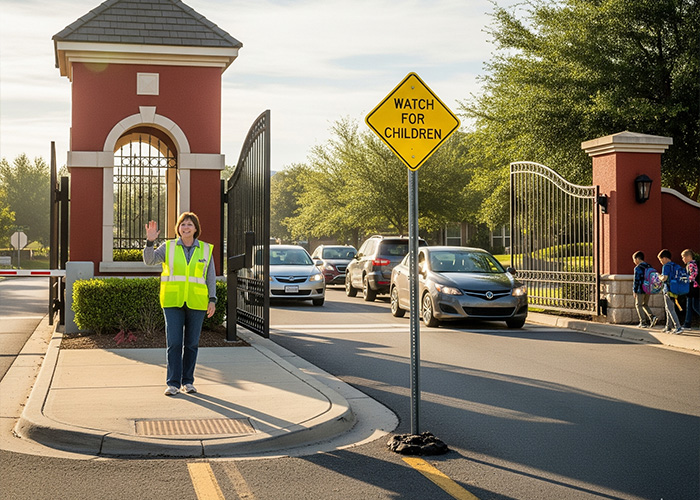
Traffic is where problems show up first. Review your entrances, speed limits, and pick-up patterns before the first day. If your community borders a school route, coordinate with local officials on crossing points and timing.
Simple steps help a lot:
- Refresh speed limit and “watch for children” signs near gates and bus stops.
- Stencil slow-down reminders at high-risk turns.
- Use cones or temporary markers to define one-way loops during peak hours.
- Ask volunteers to guide the first week’s morning and afternoon flow.
Share the plan in plain language and include a map. A calm and visible approach sets the tone for back-to-school safety across the neighborhood.
Build a Calm Morning Routine
Stress often starts at home. Encourage residents to prep the night before. Packing bags, laying out clothes, and setting shoes by the door can cut delays. Families can make a simple checklist for breakfast, water bottles, and school forms so mornings feel predictable.
Protect sleep. Earlier bedtimes in the weeks before school starts make the first days easier. Short wind-down routines and clear wake-up times support a steady rhythm for kids and caregivers.
Create Youth-Friendly Common Areas
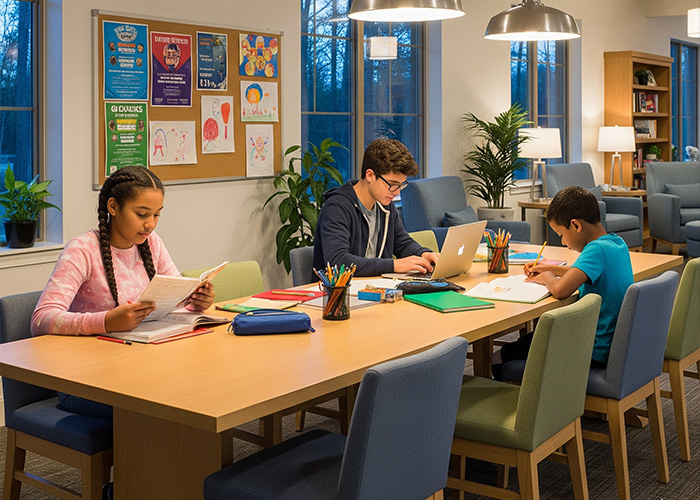
A quiet place to read or study helps kids switch gears after school. If you have a clubhouse, set a homework corner with sturdy tables, good lighting, and reliable Wi-Fi. Post clear hours so adults know when the space is focused on students.
Add a few low-cost touches. Whiteboards for assignments, charging stations, and a small shelf for pencils and paper go a long way. A welcoming spot encourages positive habits and reduces noise complaints in the evenings.
Support Neurodiverse Learners
Many families value tools that make transitions easier. Visual schedules help kids see what comes next. Short “sensory breaks” after school can lower stress before homework begins. Quiet zones, dimmable lights, and soft seating support focus without fuss.
Share ideas in your newsletter for gradual change. A trial run of the morning route, meeting the bus stop group ahead of time, or using a simple countdown timer can make the first week feel safer and more predictable.
Digital and Doorstep Security
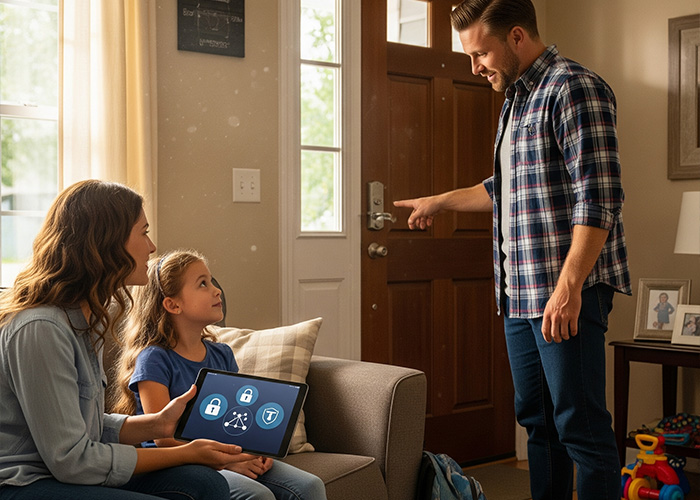
Schools may ask families to set pick-up passwords, ride lists, or contact trees. Encourage residents to keep that data private. Remind parents not to post bus schedules in public groups. Use community channels with limited access when sharing school-adjacent notices.
At home, small habits help. Teach kids how to lock doors, set alarms, and handle knocks from strangers. If your community uses access codes, urge families to update them and avoid sharing with non-residents. Device check-ins after school can also keep students on track and limit distractions while they settle into homework.
These steps build everyday awareness, which is a key part of back-to-school safety.
Community Communications That Work
Short messages beat long posts. Set a consistent time for HOA updates during the back-to-school window, like Sunday evening. Lead with actions and times, then add details. When possible, pair text with a simple map or photo so residents can see what to do.
Use more than one channel. A hallway notice board, an email, and a text reminder reach different groups. Keep replies civil by setting clear rules. When issues come up, thank the sender and restate the next steps. Steady communication supports back-to-school safety without creating alarm.
Stretch the Last Weeks of Summer
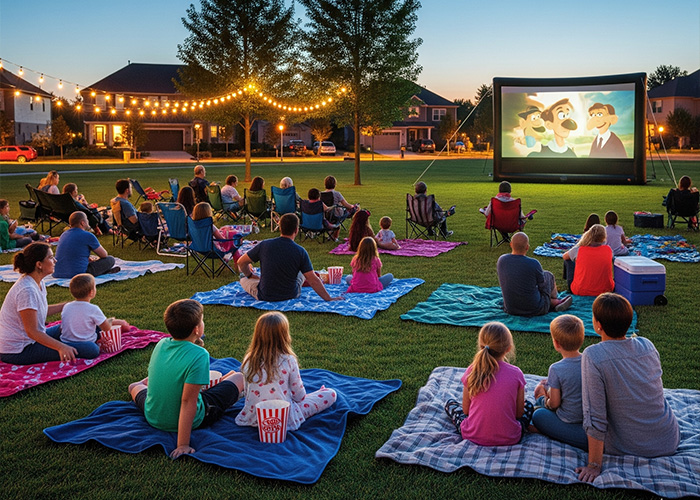
Families often want one more memory before routines tighten. Offer a simple event that does not add stress. A movie night on the green, a twilight bike parade, or a park clean-up with cold drinks can bring neighbors together.
Try a low-cost puzzle night in the clubhouse. Set up a few team challenges with locks, clues, or riddles. Fun, shared activities help kids transition from summer to school with a smile.
Prepare Homes for Cooler Weather
Autumn brings shorter days and different home needs. Suggest a quick home tune-up list so families stay ahead of small problems. Replace HVAC filters, test smoke and carbon monoxide alarms, and clear gutters after the first leaf fall.
Walkways and porch lights matter as days get darker. Check bulbs, add timers, and trim plants that block sight lines. A tidy, well-lit path makes early departures and late returns safer for kids and drivers.
Make Bus Stops Safer and Kinder
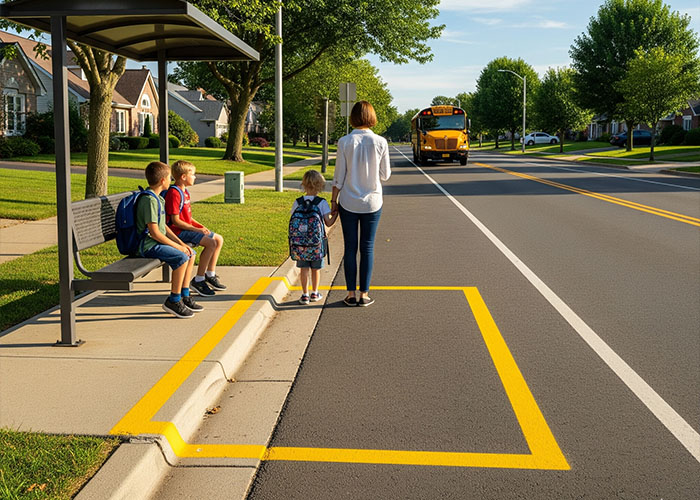
Bus stops are social hubs. Choose well-lit, visible spots away from blind turns. Mark a safe waiting area with paint or simple signs. Ask adults to model patient, friendly behavior and to keep dogs on short leashes when children are present.
If you allow bikes or scooters, set parking spots a few feet from the curb. Clear rules prevent last-second swerves and keep drivers focused on the road.
Refresh Play Areas and Rules
Inspect play sets for loose bolts, splinters, and worn swings. Add bark or rubber mulch where needed. Post age guidance in plain words so caregivers know which areas fit their kids.
Share playground hours and quiet times near bedrooms. A short reminder about cleaning up snacks and bottles keeps the space ready for the next group. These small practices support health, courtesy, and safety every day.
Partner With Nearby Schools
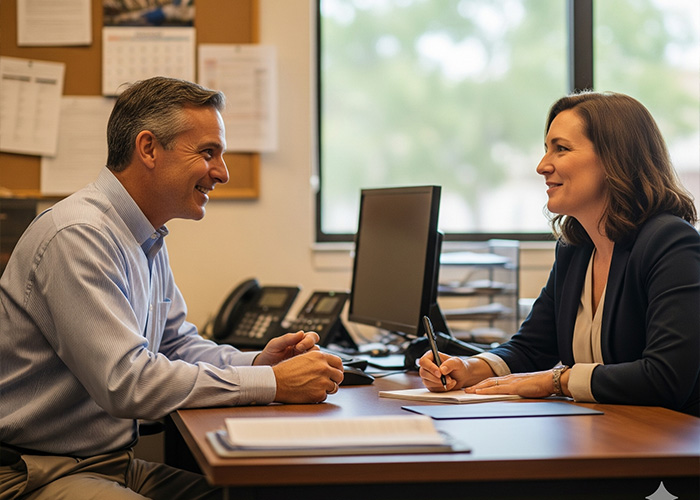
Good relationships pay off. Introduce a board member to the school office before classes begin. Ask about special traffic days, big events, or early dismissals so you can alert residents. Offer your newsletter for school notices that affect the community.
Invite resource officers or school safety staff to a brief Q&A session. Parents get clear answers, and the HOA can align messages with local guidance.
Budget-Smart Steps for Boards
You do not need a large budget to do this well. Prioritize paint for signs, reflective tape for curbs, and a few cones for the first week. Volunteers can help with maps, event set-up, and bus stop checks.
If funds allow, look at small grants or partnerships for lighting and crosswalk aids. Keep receipts and note outcomes so you can refine next year’s plan. A modest, steady approach is easier to sustain than a one-time push.
Ring the Bell, Ready to Go
Strong school-season habits make daily life smoother for everyone. With steady communication and small, smart fixes, your HOA can help families feel safe, welcome, and prepared. Start now, keep it simple, and build on what works.
Related Articles:
Trending Now
Related Article
Sign up for Our Monthly Newsletter
Sign up below for monthly updates on all HOA Resource




